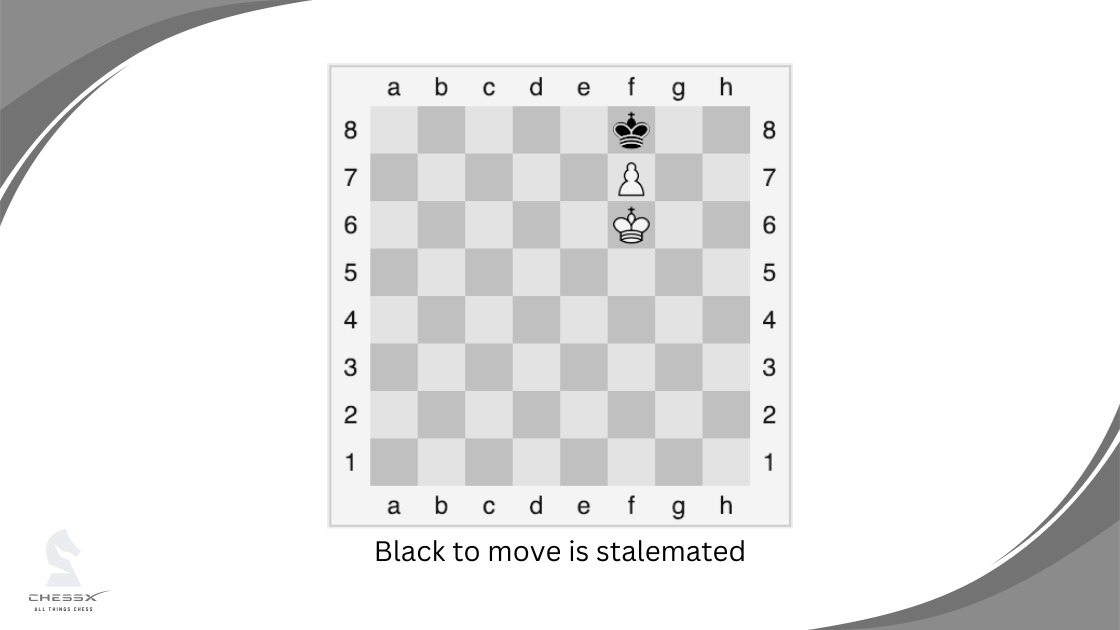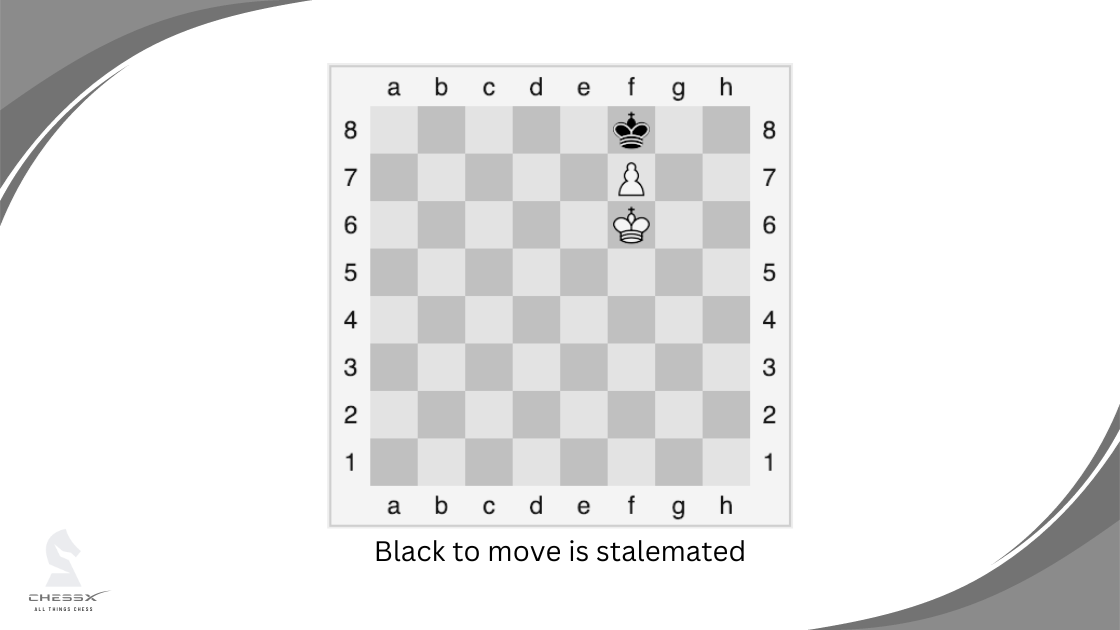Decoding Chess for Beginners: Understanding Draws in Chess

In the eighth installment of the Chess for Beginners series, we will introduce you Draws in Chess. We encourage you to read the complete blog to gain the most from this discussion.
Understanding the diverse strategies and tactics in chess is essential, but equally important is awareness of the various ways a game can end in a draw.
Recognizing these draw situations is crucial to prevent unwittingly settling for a draw when victory is within reach. Let's explore the typical scenarios leading to a draw.
Draw by Agreement
A straightforward method to conclude the game in a draw is through mutual consent. This situation arises when both players recognize slim chances of winning, making it sensible to agree on a draw.
Instances abound where players agreed to a draw due to enticing cash prizes. In certain tournaments, offering cash rewards even for drawn games fosters a mutually beneficial outcome. It's worth noting that declaring a draw without starting the game is not allowed.
The Stalemate

A stalemate occurs when the opponent's king is not in check but has no legal moves left. While beginners may resort to this tactic, seasoned players typically avoid it, relying on their proficiency to avoid such situations.
However, even grandmasters have found themselves in stalemate scenarios, so encountering this outcome should not cause frustration.


The Threefold Repetition
This draw scenario unfolds when a player repeats the same move three times. The opposing player can then claim a draw. While the specific procedure varies among rule sets, the fundamental principle remains consistent.
It's important to note that this rule does not apply in cases of perpetual check. However, if the opponent repeats the same check pattern three times consecutively, a draw claim is valid.
The Fifty-Move Rule
This rule allows a player to claim a draw if, after fifty moves each, there is no apparent progress for either side. Progress is defined by the movement of a pawn or the loss of a piece. Although this situation rarely occurs in professional play, it may be more common in games involving beginners.
Insufficient Mating Material
A draw can be declared when both players are left with very few pieces incapable of delivering checkmate. However, certain rule sets allow this claim only if it's impossible to checkmate the opponent after a series of legal moves.
Defining "insufficient mating material" is subjective and challenging to prove, making it a less common scenario in professional games.
These are the prevalent scenarios leading to draws in chess. Understanding them enhances your overall strategic awareness on the chessboard.
The Etiquettes for drawing
Now that we have seen the different scenarios that may result in a draw, let us look at some basic tips associated with these draws. These tips will help you make a claim to end the game in a draw without offending the sentiments of your opponent.
At the end of the day, it is up to you to accept or reject the offer to end the game in a draw. You might as well do it with some grace and tact without offending your opponent. These pointers will most certainly help you achieve that.
Only On Your Move
Remember that you should make a claim to end the game in a draw only when it is your turn. There are two reasons as to why you should not make the offer to end the game in a draw when it is not your turn. They are as follows:
- When you make an offer to draw the game when it is your opponent’s turn, it will be considered as a rude gesture. A theory behind this is because when you offer to end the game in a draw, your opponent will be distracted by this sudden turn of events. He might think that you made the offer with a view to take advantage of this momentary distraction. Since most professional games are clocked, every second is vital for both players. Any time spent on distractions by one player can be the much-needed advantage for the other player.
- When you make the offer to draw the game when your opponent is trying to make a move, he will start analyzing the reason behind your offer. He will start looking for your weak spots with a view to take advantage. This will definitely worsen your situation in the game should your opponent make it a point to launch an aggressive attack.
To access the entire blog, subscribe to our premium plans today and elevate your chess game to the next level. Get ChessX for all things chess.